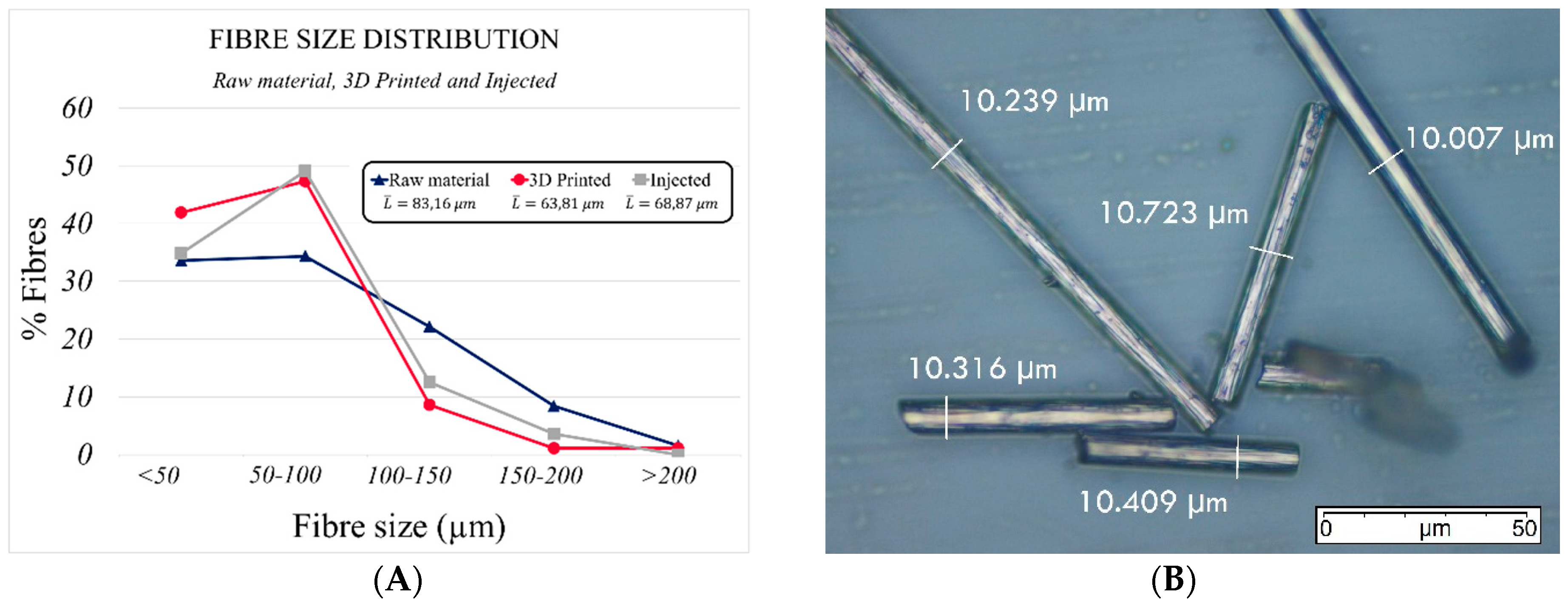Researchers from Spain are investigating more effective 3D printing materials with different techniques in the recently released ‘Investigation of a Short Carbon Fibre-Reinforced Polyamide and Comparison of Two Manufacturing Processes: Fused Deposition Modelling (FDM) and Polymer Injection Moulding (PIM).’
FDM 3D printing is extremely common for digital fabrication by users on all levels, beneficial due to affordability and accessibility—and offering a way to create complex structures for many different applications today, from medical to bioprinting, automotive, and aerospace. Selective laser sintering (SLS) and selective laser melting (SLM) are also methods preferred in manufacturing today, although the researchers note that FDM 3D printing is ‘more developed,’ with the following popular polymers:
- Acrylonitrile butadiene styrene (ABS)
- Polylactic acid (PLA)
- Polyvinyl alcohol (PVA)
- Polyamides (PA)
- Polyether ether ketone (PEEK)
Poor mechanical properties are an ongoing issue, related to varying parameters, issues with adhesion, and materials which are not suitable. Composites are often used as a solution, with many different projects employing additives making up new materials like bronze PLA, composite hydrogels, and numerous metals. Carbon and glass are common additions used for strengthening the polymeric matrix, but the researchers note that they have not been the subject of comprehensive studies.
CarbonXTM CRF-Nylon was used with an Ultimaker 2 Extended + to fabricate the samples, designed with Autodesk Inventor, and sliced with Cura 3.5.1.

Stereomicroscope images (×1.25) of the appearance of the injected and different patterned printed samples.
The authors, comparing 3D printing and injection molding capabilities, evaluated fiber length first.

Results of the fibre length distribution in the raw material, injected and printed samples (A) and measurement of diameters in fibres using 400× with a microscope (B).
“The critical length obtained by Equation (1) was
